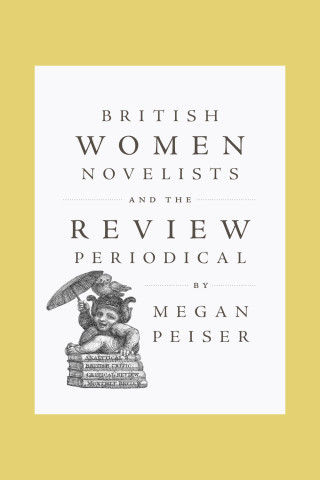
Reviews
One of the great pleasures of Allison's book is that it not only offers persuasive readings of familiar texts, but suggests new ways of reading them that others will want to try. Rereading novels by Dickens and Eliot afterwards, I could not help but see their syntax with a new awareness and appreciation... the reductive reading Allison describes and demonstrates in this book greatly expands our critical understanding.
Reductive Reading is sure to appeal to scholars interested in theory after 'distant reading.'
Allison's book opens the door to some fascinating questions about contemporary critical practice.
A masterful integration of digital humanistic approaches and more traditional close-reading methods, Reductive Reading makes a compelling, persuasive case for the way that the style of Victorian literature shaped morality.
Reductive Reading is a lucid, original, and persuasive study of the ways in which ethical ideas take shape in the form of the sentence, the turn from clause to clause, the rapid, vertiginous descent from one poetic line to the next, or the ironic turn of the speech tag. Anyone interested in ethics and style will find a wealth of new knowledge and exciting insights in its pages.
A groundbreaking, field-defining theoretical text that bridges the divide between digital humanities and literary criticism while demonstrating an impressive range of knowledge. Beautifully written, confident, and illuminating, Reductive Reading brilliantly articulates Allison's argument, captures those of other critics, and reveals the surprisingly expansive effects of reading reductively. It is a book that promises to transform the way we read novels.
Reductive Reading is far from reductive. A fascinating and thoughtful account that rests on Allison's breadth of experience, this eloquent book works on several levels at once.
Book Details
List of Images
Acknowledgments
Introduction
1. In Defense of Reading Reductively
2. The Shockingly Subtle Criticism of The London Quarterly Review, 1855-1861
3. Relative Clauses and the Narrative Present
List of Images
Acknowledgments
Introduction
1. In Defense of Reading Reductively
2. The Shockingly Subtle Criticism of The London Quarterly Review, 1855-1861
3. Relative Clauses and the Narrative Present Tense in George Eliot
4. Generalization and Declamation
5. A Moral Technology
Conclusion
Notes
Works Cited
Index






